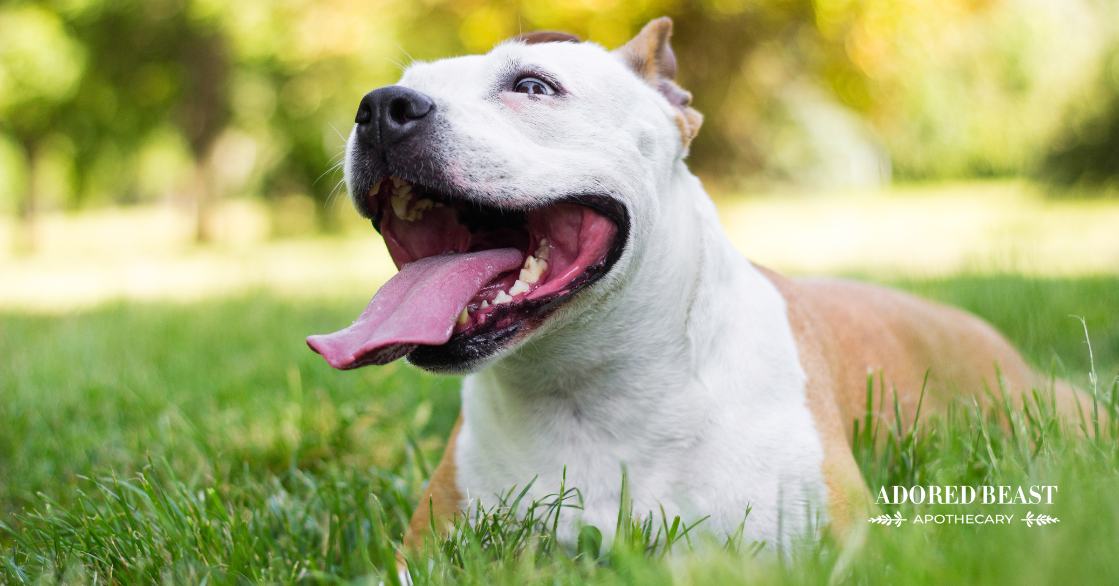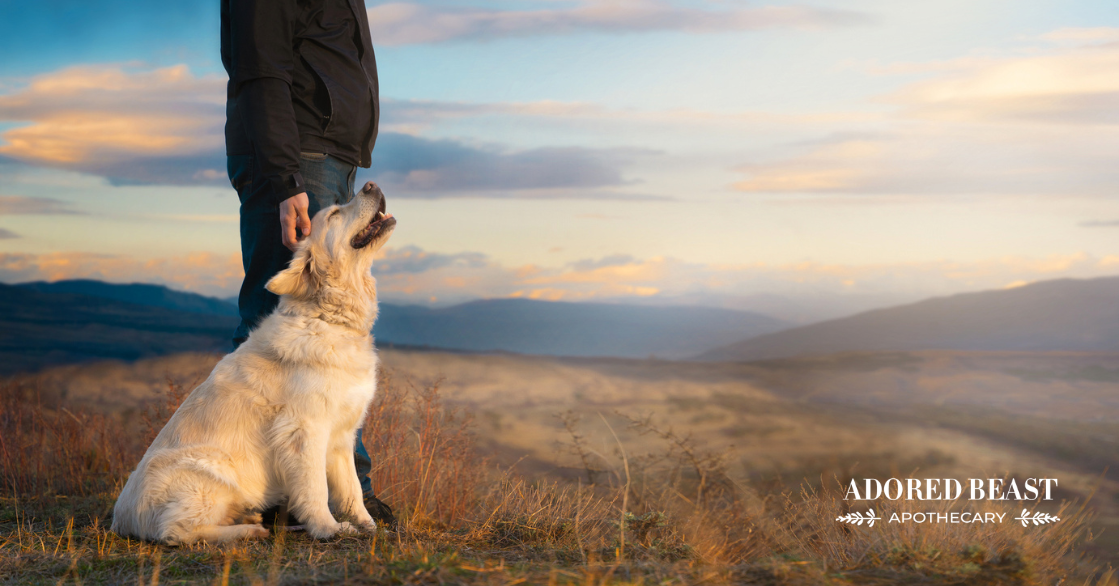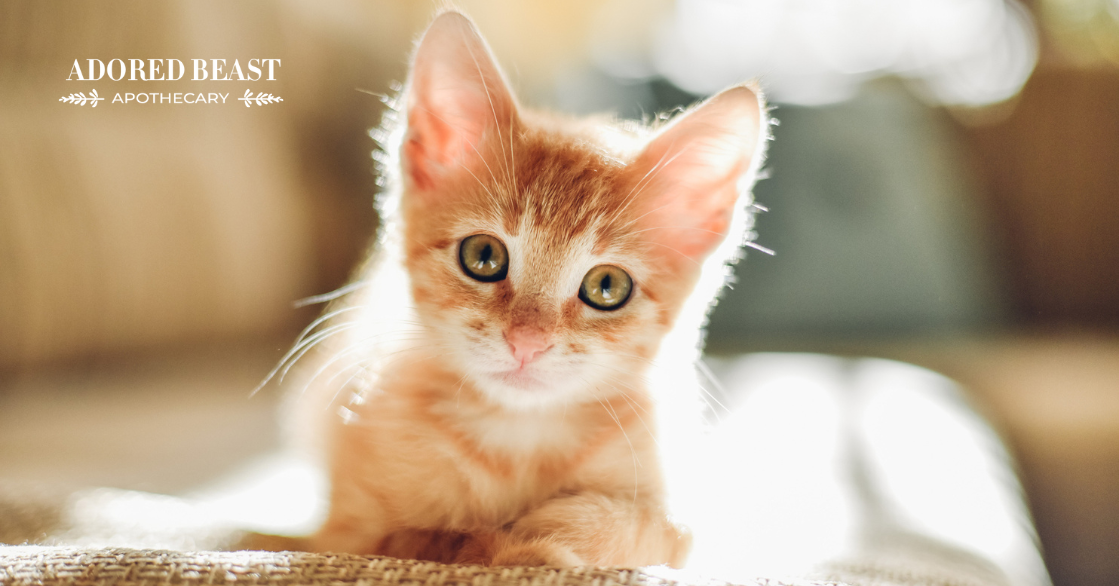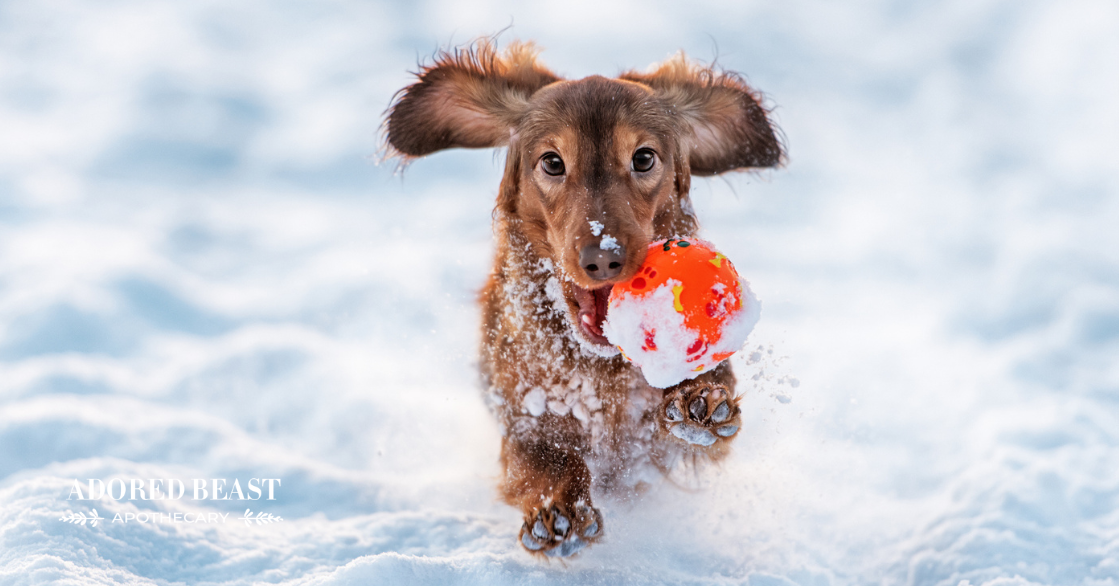We all love dog snuggles. Seriously, nothing feels better than a good cuddle with your pup… Except if that cuddle is accompanied by some less-than-pleasant breath.
And sure, your dog’s breath isn’t going to smell minty fresh all the time, but if you’re dealing with a constant odour coming from their mouth, you’re going to want to investigate.
Before reaching for some doggie mouthwash (no, actually, don’t ever reach for that), consider what’s causing the bad breath in the first place and address it at the source.
Causes of Bad Dog Breath
If your dog’s breath is stinky, there could be a number of different reasons why. And some of them require more attention than others.
What They’re Eating
What your dog eats has a lot to do with how their breath smells.
And let’s be honest, what some dogs choose to eat can be pretty gross. If your dog’s breath smells bad after gobbling up something on a walk, or after a dinner featuring tripe or sardines, you can usually write it off as food being the cause.
However, you may have noticed that regular diet also impacts dog breath. For example, the breath of a dog who eats kibble smells vastly different from that of a dog who eats raw.
There is a myth that kibble will keep your pet’s teeth clean. And while kibble may scrape some of the tartar off, it isn’t effective at cleaning teeth. It’d be the same as us eating crackers or hard cookies and thinking that’s enough to keep cavities at bay. When you eat those things, (or your dog eats dry dog food), they stick in our teeth, then we drink water and it turns into a pasty, sticky mess, causing bacteria to form! In fact, kibble includes a higher percentage of carbohydrates, which feed the bacteria in the mouth that lead to dental disease.
In our experience, dogs who eat a diet filled with fresh foods and raw bones naturally have better oral health.
Oral Hygiene and Dental Disease
These are the most common causes of bad dog breath. When plaque and tarter build up, so does bacteria, and that can cause bad breath. Too much plaque and tartar build-up can push the gums away from the teeth, exposing new areas for bacteria to develop. This leads to gum inflammation, and can also cause cavities, infection, tissue destruction, and tooth loss.
If dental health is in rough shape, it may require some professional attention. This may include hand scaling, with or without an anesthetic, or teeth may need to be extracted. A thorough consult with your vet in this case will determine what is needed. For more on these options, and the reasons each may be necessary, check out this post.
A Health Condition
Different health conditions can give dog breath a certain smell that isn’t, well, normal.
- Acid Reflux – Acid reflux is when intestinal or gastric fluid comes up from the stomach and flows into the esophagus. This can cause foul-smelling burps.
- Diabetes – If your dog’s bad breath has a sweet or fruity smell to it, this could be a symptom of diabetes.
- Kidney Disease – If you notice that your dog’s breath smells like urine, this could be a warning sign of kidney disease.
- Liver Disease – If your dog’s breath is truly foul and accompanied by vomiting, a lack of appetite, and a yellow tinge to the gums, there may be a liver problem.
Any of these smells to dog breath can be a sign of a serious condition, and it is important to set an appointment with your trusted veterinarian to dig a little deeper.
How to Deal with Stinky Breath
If oral hygiene is the issue, you can stay on top of it fairly easily by brushing your dog’s teeth and allowing them to chew on raw bones. And it’s better to start this now, rather than waiting until things get bad.
When it comes to brushing your dog’s teeth, you may have heard us talk about our Love Bugs dental paste recipe. It’s really good for keeping the teeth clean, and the probiotics help to repopulate the good bacteria in the mouth.
It’s really easy to make:
- Small Dog (or Cat) – mix together 1 tsp of coconut oil and 1/16 tsp of Love Bugs
- Large Dog – you may need more, up to a tablespoon
Tip: don’t melt the coconut oil. If the coconut oil is chunky, that’s honestly even better – it makes it easier to get a good amount on your finger.
Once it’s well mixed together, take a small amount on your finger and gently massage in and around your animal’s teeth. You can even use a piece of cheese cloth or first aid gauze for added texture. Gently rub the teeth and all along the gum line. Now, some dogs will tolerate this even if they don’t really like it. If you can, do it regularly and this will take some of the stress out of it. Just do your best. Do it as often as you can, again, very gently. For fearful or sensitive personalities or elderly animals, try doing just a 1/4 of the mouth at a time to make it a fun experience. However, if your animal is really fearful, for whatever reason, don’t force it.
Raw bones are an amazing way to help keep teeth clean and healthy. They also exercise the jaw muscles and help reduce stress. One of the best ways to prevent dental and gum disease is by offering soft bones to chew on, like chicken and turkey necks. Think of flossing – well that’s what you want to do with the necks. Put on a rubber glove and hold the neck while your dog or cat chews (cats are actually better at doing this alone than dogs, but you can try). Then pull the neck as far back in your pet’s mouth to try and reach the back molars, then slowly move the neck to the front of the mouth, then to the back of the other side and repeat.
Stinky dog breath may be caused by something simple (what they ate for dinner), or a sign of something more serious. Regardless, it is always important to explore what could be behind it. You shouldn’t be afraid to get up close and personal for some slobbery kisses. Address dog breath and help keep that mouth mouth clean and smelling fresh!












